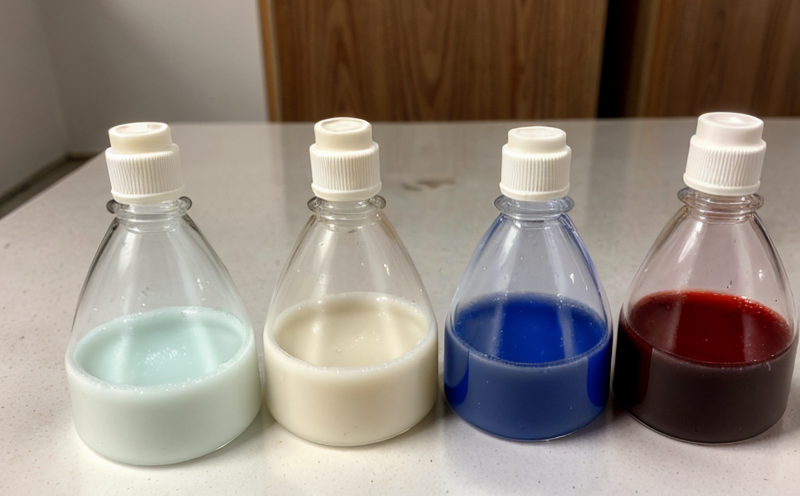Medical Device Monomer Extractables Testing
The testing of monomers and oligomers in medical devices is a critical aspect of ensuring product safety and compliance with regulatory standards. Monomer extractables are small molecules that can leach out from materials used in the construction of medical devices during use, storage, or sterilization processes. These substances may potentially interact with biological systems, posing risks to patient safety.
The process involves extracting monomers using solvents and then analyzing the extracted compounds for identity, content, and purity. This ensures that any leachable materials are within acceptable limits set by regulatory bodies such as the United States Food and Drug Administration (FDA), European Medicines Agency (EMA), and International Organization for Standardization (ISO).
Our laboratory uses advanced analytical techniques like High-Performance Liquid Chromatography (HPLC) with Mass Spectrometry (MS) detection, Gas Chromatography-Mass Spectrometry (GC-MS), and Fourier Transform Infrared Spectroscopy (FTIR) to identify and quantify the monomers present. These methods provide precise data on extractables, helping us determine their potential impact on patient health.
For medical devices that incorporate polymeric materials such as polyethylene, polycarbonate, or silicone, thorough extraction is essential. The choice of solvent depends on the type of material being analyzed; for instance, hexane may be used for polyolefins while methanol works better with silicones. Proper sample preparation includes conditioning the device to simulate real-world conditions, followed by rigorous extraction under controlled temperature and time parameters.
The extracted solutions are then subjected to detailed analysis where various components are identified based on their retention times and spectra obtained from mass spectrometry or infrared spectroscopy. This allows us to pinpoint specific monomers and oligomers that could pose risks if present in excess amounts within the device.
Understanding extractables is crucial for medical device manufacturers who want to ensure their products meet stringent quality standards before they reach clinical use. By identifying potential hazards early in development, companies can address issues proactively rather than reacting after marketing approval has been granted or adverse events have occurred.
Scope and Methodology
| Step | Description |
|---|---|
| Sample Preparation | The device is conditioned according to industry guidelines, followed by extraction using appropriate solvents. |
| Extraction | Monomers are extracted from the sample under controlled conditions of temperature and time. |
| Analysis | Extracted compounds are analyzed using HPLC-MS, GC-MS, or FTIR to identify and quantify monomers. |
Quality and Reliability Assurance
- Use of certified reference materials for calibration purposes.
- Inclusion of quality control samples at regular intervals throughout the testing process.
- Adherence to ISO standards for method validation and performance verification.
- Regular maintenance and calibration of all analytical instruments used in extraction and analysis.
International Acceptance and Recognition
The results from monomer extractables testing are widely accepted across international regulatory landscapes. Compliance with FDA, EMA, and ISO standards ensures that the medical devices meet global safety requirements.
For example, ISO 10993-18 specifies guidance for biocompatibility evaluation which includes assessing leachable substances from materials used in device manufacture. Similarly, FDA’s QSR (Quality System Regulation) mandates thorough testing of raw materials and finished products to ensure they comply with Good Manufacturing Practices.
Our comprehensive approach ensures that the data generated supports regulatory submissions globally, providing confidence that your medical devices are safe for end-users.





